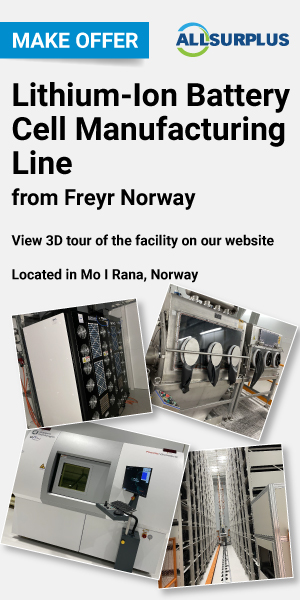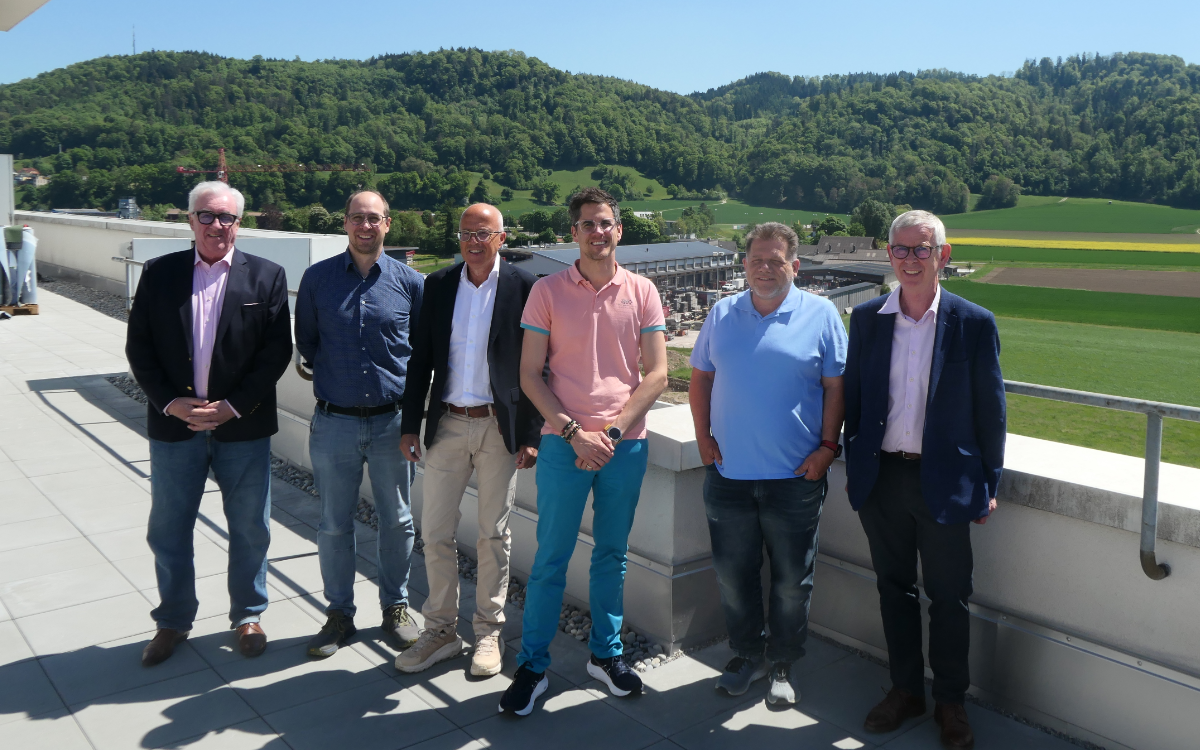Anaheim may be a fantasyland, but if the offerings on view at the International Electric Vehicle Symposium (EVS 23) in the city's convention centre last December are any indication, it seems that what was once just a dream for many EV related businesses is rapidly becoming a reality. The editor reflects on what was probably the best EVS in many years, and the fact that Plug-in-Hybrids may be the answer to all of our problems.
The momentum was palpable. It might have going in many different directions, but it was definitely moving. There were . . .
to continue reading this article...
Sign up to any Premium subscription to continue reading
To read this article, and get access to all the Premium content on bestmag.co.uk, sign up for a Premium subscription.
view subscription optionsAlready Subscribed? Log In












